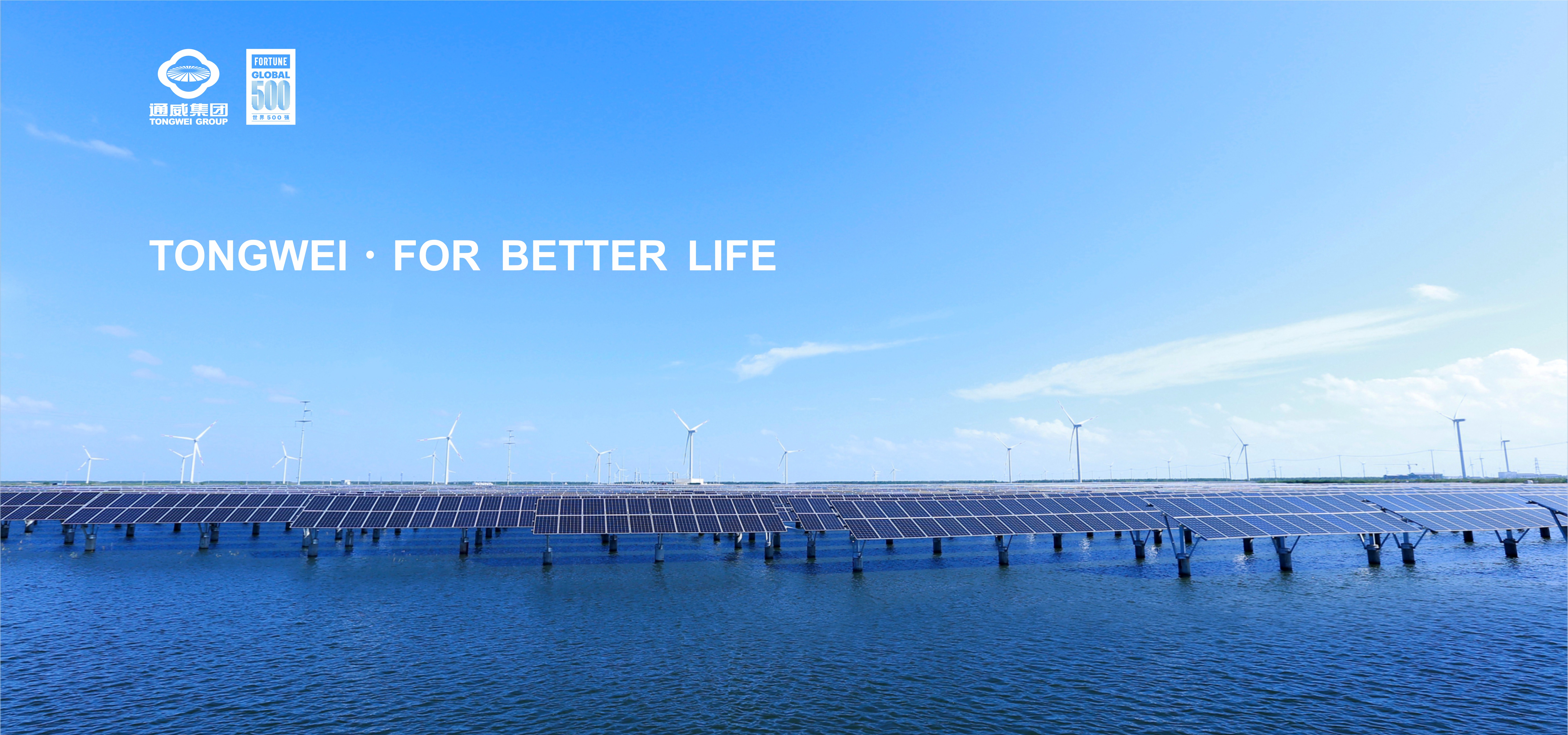2025-04-23
Desertification Control by PV
China’s "Blue Ecological Code"
for Desertification Control
Since the beginning of this spring
Sichuan has experienced three rare sandstorm events
with most regions affected by the dust
The source of these sandstorms lies in
southern Mongolia and China’s northwestern regions
The area of desertified land in China
accounts for 26.81% of the country's total land area
With the global warming
and the aggravated ecological vulnerability of northern sand-source regions
the frequency of sandstorms moving southward continues to rise

Desertification control is no longer just a challenge for northern China
When sandstorms cross the Qinling Mountains
this "transboundary" dust
not only sounds an ecological alarm
but also pushes the issue of desertification control
into the national spotlight
Chinese PV enterprises are deploying innovative solutions
to build a "blue defense line" in the desert
generating electricity above the panels and fostering greenery beneath them
rewriting the ecological dilemma through PV-powered desert control
Part.1
PV Matrix
The Ecological Magic in the Desert

While traditional desert control
struggles in a cycle of "treatment-degradation-retreatment"
PV-powered desertification control innovatively
combines ecological restoration with clean energy
forming a triple governance mechanism
Physical Sand Fixation
PV panels effectively reduce ground wind speed
minimizing sand and dust uplift
Combined with straw checkerboard sand barriers
they stabilize shifting dunes
Ecological Restoration
The shading of the PV panels reduces water evaporation
shade-tolerant forage grasses and Chinese medicinal herbs are planted below the panels
and windbreak forest belts are planted between the panels
forming a three-dimensional ecological barrier
Economic Revitalization
PV power generation + drought-resistant cash crops + livestock farming
Diversified income streams boost local livelihoods
Part.2
Tongwei’s Intelligent Manufacturing
Empowers PV in Desertification Control

Leveraging its industrial strengths
Tongwei supplies high-quality PV products for desert control projects
In close collaboration with partners like
Datang and Hangtai
Tongwei engages deeply from the planning phase
and offers professional technical support and tailored solutions
PV desertification control in action
Bayannur, Inner Mongolia

Dengkou County 100 MW PV + Desert Industry Ecological Synergy Demonstration Project
Located in Dengkou County, Bayannur, Inner Mongolia, this project integrates sand-fixing vegetation cultivation beneath PV panels, achieving a dual benefit of energy conservation and desert control.
PV desertification control in action
Wuwei, Gansu

Hangtai New Energy Development Co., Ltd. 200 MW PV Desertification Control Project
Situated in Wuwei, Gansu, this project combines PV power generation on panels with straw grids and drought-resistant vegetation cultivation beneath them, establishing an ecological barrier that delivers both economic and environmental benefits
PV desertification control in action
Keshiketeng Banner, Inner Mongolia

Datang Chifeng Keshiketeng Banner Hunshandake Sandland 100 MW PV Phase II Project
Located in Bayan Duhu Gacha, Darian Sumu, Keshiketeng Banner, this project not only boosts local economic development but also provides clean energy to support ongoing desert ecological restoration, significantly improving regional environmental quality.
Tongwei TNC 2.0
Adding New Green to the "PV Oasis"
Typically
desert surfaces have an reflectivity of around 30%
higher than ordinary ground (e.g., grasslands, soil)
which provides more reflected light for bifacial PV modules
At the technological level
Tongwei’s TNC 2.0 modules, utilizing Poly Tech technology
achieve a bifaciality rate of over 88%
(certified by TÜV Rheinland and CGC)
significantly enhancing rear-side power generation

Compared to mainstream industry products
TNC 2.0 G12R modules
reduce BOS costs by approximately RMB 0.0397/W
LCOE decreases by about 1.93%
For a 100-megawatt project over 30 years, it can generate approximately 58.229 million more kilowatt-hours of electricity
showing obvious value advantages

From traditional desertification control in harsh environments
to exploring new paths of PV desertification control
China's PV industry is proving that
desertification control is not a life-and-death struggle against the yellow sand
But a reconciliation with nature through wisdom

